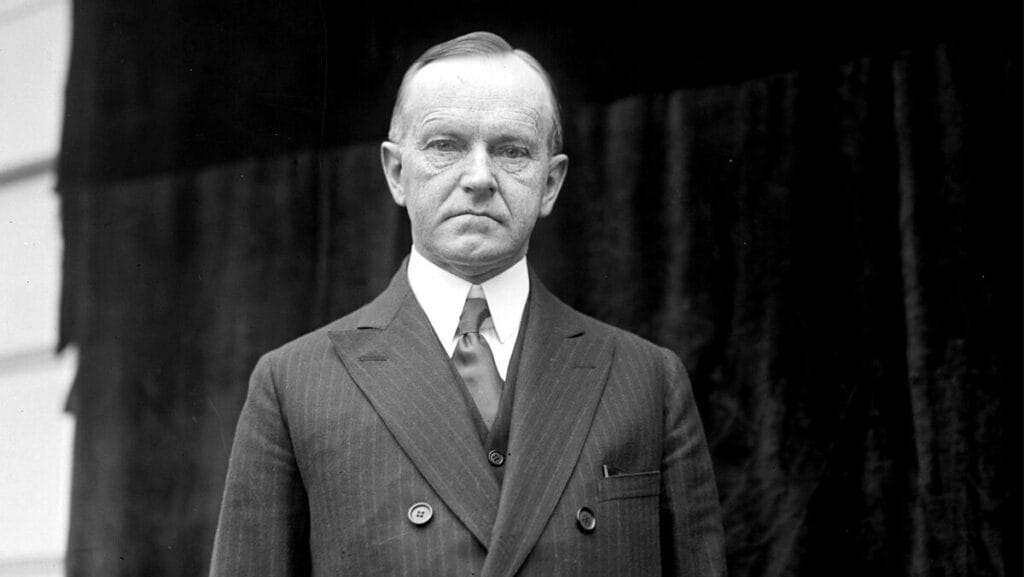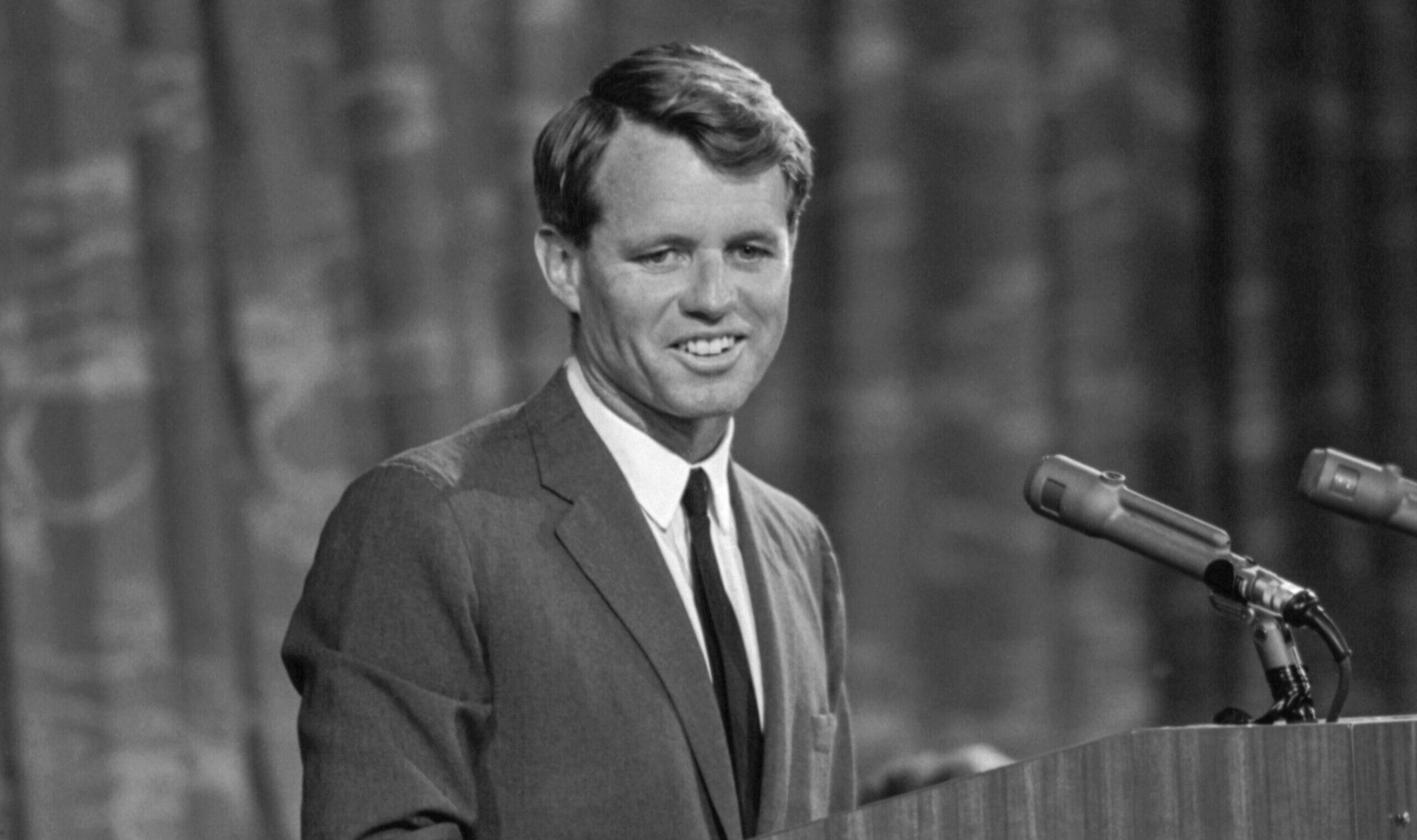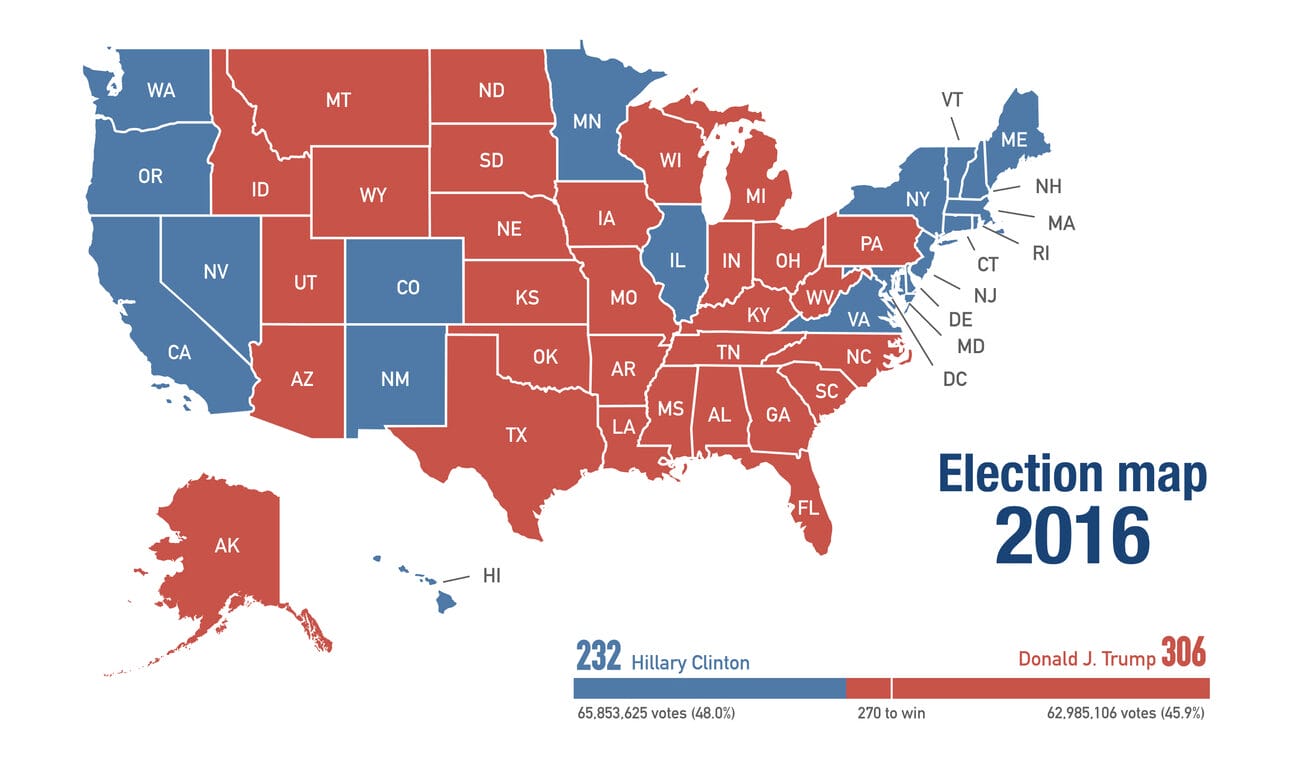Calvin Coolidge and the principle of federalism

The historical documentary by Ken Burns, “The Roosevelts: An Intimate History” brought further discussion to the historical legacies of Theodore and Franklin Roosevelt. The Roosevelts is another powerful achievement by Burns, who tells the story of one of America’s most influential families and it tells both the public and private stories of Theodore Roosevelt, Eleanor Roosevelt, and Franklin D. Roosevelt. Both President Theodore Roosevelt and President Franklin D. Roosevelt had a fundamental impact on American government, and their progressive administrations created the modern administrative and welfare states. The government we have today is a direct result of the progressivism of both Theodore and Franklin Roosevelt.
Although the two Roosevelts came from different political parties — Theodore Roosevelt was a Republican and Franklin D. Roosevelt was a Democrat — both shared a similar progressive philosophy that viewed constitutional limited government as obsolete. This stood in contrast to Theodore Roosevelt’s fellow Republican, Calvin Coolidge, who not only believed in constitutional limited government, but his political philosophy was rooted in the beliefs of the American founding.
In the aftermath of the Great War (World War I), the politics of the nation turned in a more conservative direction as the Republicans swept the White House in the presidential election of 1920 with the victory of Warren G. Harding and Calvin Coolidge. Both Harding and Coolidge believed in a more conservative view of presidential power that reflected the philosophy of President William Howard Taft rather than that of President Theodore Roosevelt or President Woodrow Wilson. Harding and Coolidge also believed that a strong federal government was not the best policy direction for the nation, especially in a severe economic downturn such as the depression of 1920-1921, which occurred in the aftermath of the Great War.
President Harding, who called for a return to “normalcy” during the 1920 campaign, pushed a conservative agenda based on reducing spending, lowering tax rates, and paying off the national debt. Upon the unfortunate death of President Harding, President Calvin Coolidge continued the “normalcy” program by further implementing spending and tax reduction and paying down the national debt. Coolidge also believed in limiting the role of the federal government and he was a believer in the traditional view of federalism. As President Coolidge stated:
While we ought to glory in the Union and remember that it is the source from which the States derive their chief title to fame, we must also recognize that the national administration is not and cannot be adjusted to the needs of local government. It is too far away to be informed of local needs, too inaccessible to be responsive to local conditions. The States should not be induced by coercion or by favor to surrender management of their own affairs. The Federal Government ought to resist the tendency to be loaded up with duties which the States should perform. It does not follow that because something ought to be done the National Government ought to do it.
Historian Paul Moreno wrote of Coolidge that “as President, he often observed that demands for unconstitutional federal laws arose from the states’ failure to act — presumably on such matters as child labor and education.”
Coolidge also warned about the growth of government. “No plan of centralization has ever been adopted which did not result in bureaucracy, tyranny, inflexibility, reaction, and decline,” he argued. Coolidge also noted that “unless bureaucracy is constantly resisted, it breaks down representative government and overwhelms democracy.”
President Coolidge was successful at reducing tax rates and spending and paying down the national debt — all of which resulted in a significant period of economic expansion and full employment. However, the rollback of the progressive state was not achieved.
Coolidge was often a lone voice calling on the nation to repent of progressivism.
Peter Zavodnyik wrote that “the pace of centralization slowed during the 1920s, but federal involvement in agriculture, labor relations, and education continued to expand. Grant-in-aid programs flourished.” Although both Harding and Coolidge may not have completely been able to rollback the administrative state that had been established by Presidents Theodore Roosevelt and Woodrow Wilson, nevertheless, their policies were rooted in the tradition of the American Founding.
Coolidge’s belief in and commitment to federalism was similar to another American President, Ronald Reagan, who was the first to actually challenge the New Deal and Great Society framework. President Reagan called for a return to traditional federalism and for more authority to be transferred back to the states. President Reagan’s administration was influenced by the spirit of Calvin Coolidge, and his portrait was hung in the Cabinet Room to symbolize the philosophy of Reagan’s administration.
Coolidge and Reagan also believed not only in traditional constitutional government, but also in reminding the American people about the values of the American Founding. As Coolidge stated:
We may wonder at their need of constant restatement, reiteration, and defense. But the fact is that the principles of government have the same need to be fortified, reinforced, and supported that characterize the principles of religion. After enumerating many of the spiritual ideals, the Scriptures enjoin us to ‘think on these things.’ If we are to maintain the ideals of government, it is likewise necessary that we ‘think on these things.
Coolidge, just as Reagan did, “preached” the principles of the American Founding, and, like a prophet, was often a lone voice “calling in the wilderness” for the nation to repent of progressivism. Nevertheless, Coolidge and his administration fought the good fight to restore constitutional limited government and restore constitutional principles such as federalism.
Today, Coolidge’s warnings in regard to federalism have come to pass. The federal government has increased its power in regulating the economy and the states have become administrative districts. States are now dependent on the federal government. The federal government today stands as a powerful leviathan. Moreover, the cost of the administrative and welfare state is at an all time high, and the current national debt, which is an astonishing $36 trillion, threatens the economic security of the nation. President Theodore Roosevelt and President Franklin D. Roosevelt may attract more attention and glamour than Coolidge, but today’s policy problems demonstrate that we need a Coolidge, not a Roosevelt, to restore the Republic.
John Hendrickson is Policy Director for Iowans for Tax Relief Foundation.



